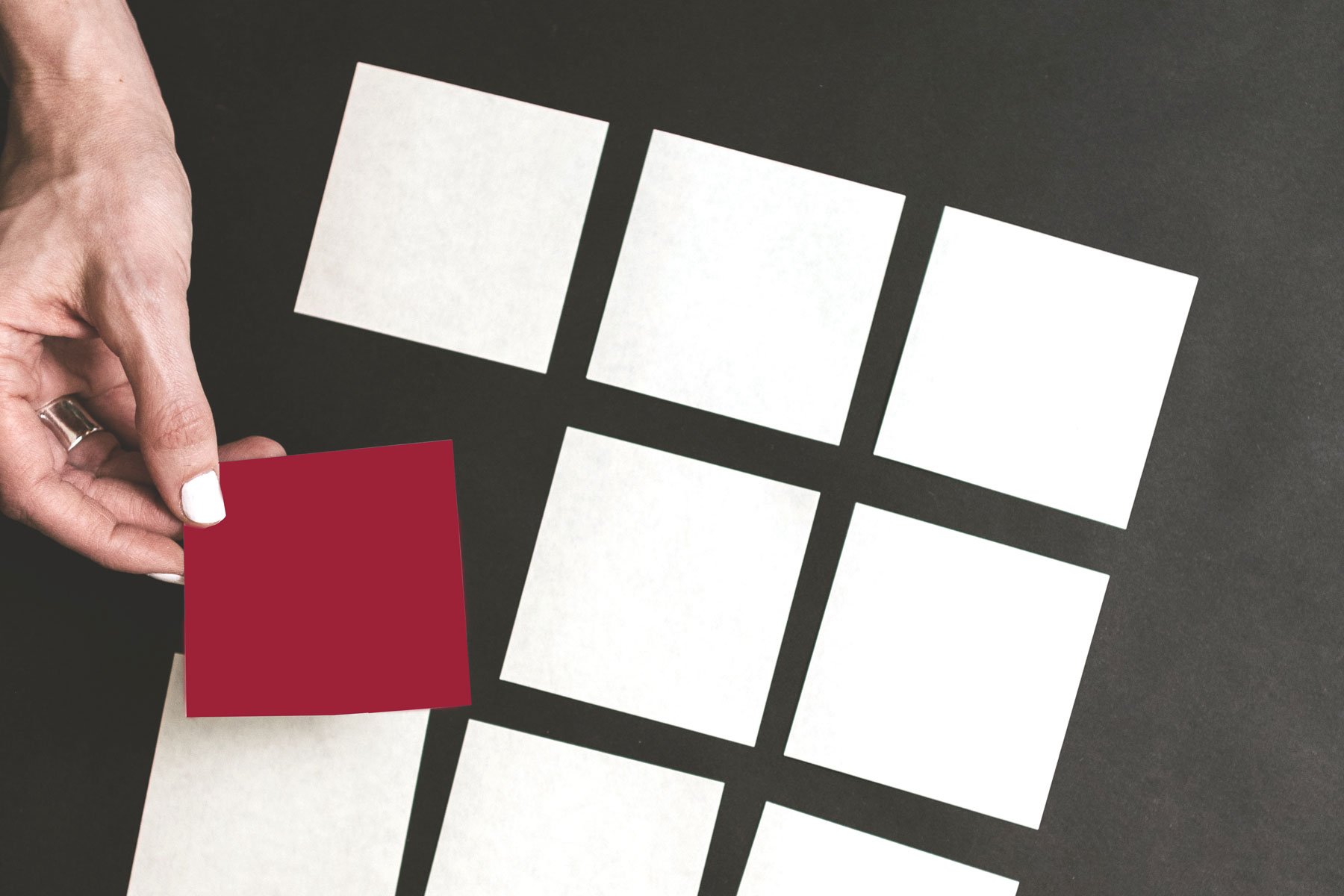Re-entry
We’ve turned our attention to what’s next.
Our cultures are changing as a result of Covid-19. It will happen by accident or we can choose to make it deliberate. But we have to notice before we can choose.
How do we ensure that the best of our pre-Covid culture is brought forward into the future and the worst of it is left behind? The only sensible answer to this is by being deliberate.
Thinking through the changes in our strategy (who are we serving; what are we providing to them; how are we delivering it) must also see us thinking through the behaviours we want to see more of and less of to make our new strategy successful. Then we must find ways to ensure the new behaviours are safer than the old.
This will require explicit conversations about what to keep, what to change and how we’re going to create, demonstrate and celebrate the new normal.
Remember that we humans are monkeys in shoes. Our brains haven’t changed in 80,000 years and are threat-detection, pattern-recognition machines designed to keep us safe. We are hardwired to connect to others in groups, to belong, which makes us exceptionally tribal creatures.
We can use this in a number of ways to help create our new culture. First, we can identify the people who are already exhibiting the behaviours we want to see more of to help us accelerate the execution of our new strategy and, wherever possible, put them back into the physical environment before anyone else. They will set the new rules of belonging, the new culture of the group, and others will start to adopt the behaviours that are successful in the core group as they re-join. There is never going to be a better opportunity to do this.
Second, we can think carefully about the existing tribes (silos) and decide whether we want to reinforce them by bringing back intact teams in their entirety or take the opportunity to create new tribes that cut across existing silos. The gold standard would be mapping out our re-imagined value chain, identifying the links where the current relationships are the weakest and bringing back people from both sides of that link, to strengthen those relationships early.
Third, we can use social rewards (sometimes called relational rewards) to reinforce what the new ‘good’ looks like, the new rules of belonging. What do I mean by a social reward? I mean one that makes it clear the person receiving it has earned greater belonging in the group. Examples include opportunities to hang out with the senior leaders more often; invitations to meetings or other events they would not normally be entitled to attend; symbols of greater status or belonging.
As we re-think our strategies, we must simultaneously re-think our cultures. A new strategy without the culture to execute it is just a piece of paper.

